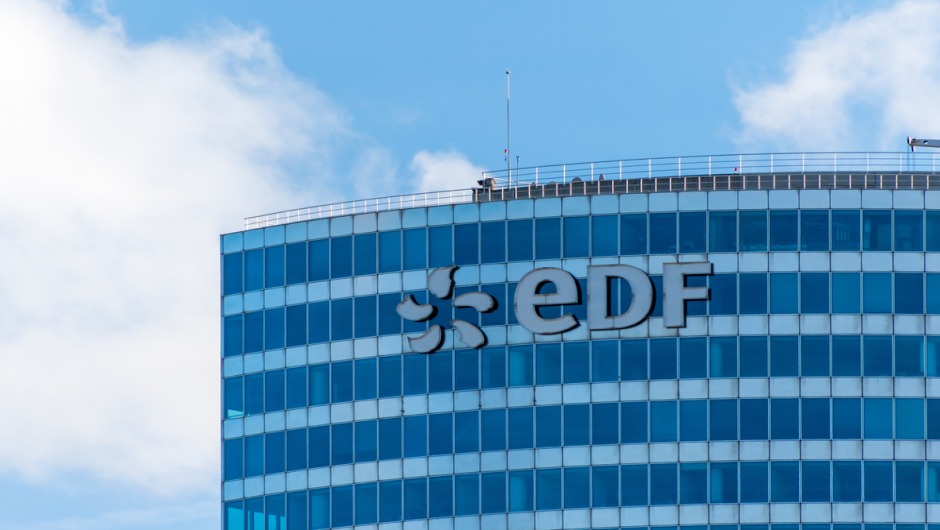Hedging helps corporate energy users navigate natural gas price spike

In sectors where pricing power is limited, hedging has been a vital tool to stave off the surge in natural gas prices, while companies that shunned the practice are going under.
The strong economic rebound and lingering pandemic disruptions have inflated prices of commodities this year. Now, as a result of supply chain bottlenecks in Europe and reduced renewable energy production, the price of Natural Gas has rallied past $5 per Mmbtu, a level last seen in January 2014.
For companies in the utilities, chemicals and fertilizer sector that are active users of natural gas, this pain is cushioned by the hedges that locked in future purchases at lower prices. However, those who didn’t have been forced to shut operations as prices continue to stay elevated.
Consider the utilities sector; with government regulations in place companies operate on price caps, which mean that any sharp rise in wholesale natural gas and energy prices can’t be immediately passed onto consumers. Hedging in such a scenario is of utmost importance else every unit sold becomes an unprofitable avenue.
French-owned utility, EDF Energy, which supplies gas and electricity to homes and businesses in the UK, has emerged as a clear winner as compared to others due to its extensive hedging programme.
Even though the company is tight-lipped related to its disclosures pertaining to gas hedging, management disclosed that the company had already started hedging for financial year 2021-2022 consumption when baseload prices were well below €46 per megawatt hour while today it is in the range of €70 per megawatt hour.
If the forward prices sustain above €60 per megawatt hour for the remaining part of the year then the company expects a positive price effect of almost €1 billion in 2021.
!function(){“use strict”;window.addEventListener(“message”,(function(e){if(void 0!==e.data[“datawrapper-height”]){var t=document.querySelectorAll(“iframe”);for(var a in e.data[“datawrapper-height”])for(var r=0;r<t.length;r++){if(t[r].contentWindow===e.source)t[r].style.height=e.data["datawrapper-height"][a]+"px"}}}))}();
EDF’s peer in the UK, energy multinational Centrica, also touts its extensive hedging programme
“Given the volatility in the market, the responsible suppliers manage that volatility as we do by hedging the book so far”. said Chris O’Shea, Group CEO at Centrica. “As an upper slope in the curve means the prices go up. You’re not really too worried about the volatility in your supply”
This has helped the company to gain market share as the company announced taking over 350,000 customers of a supplier which collapsed in early September with no hedging in place.
Spanish multinational electric utility, Iberdrola also emerged largely unscathed with 100% of its estimated price-driven output in 2021 already hedged at €75 per megawatt hours and around 74% of the estimated output hedged for 2022 at €80 per megawatt hour for its distribution business in Spain.
While in the UK, the company operates via its subsidiary, Scottish Power had 100% of the 2 years of output already hedged at similar prices.
The management does expect prices to stabilize going forward and despite the ample hedging in place express its discomfort with high prices.
“I would like to say very clearly that utilities companies like ours are not benefiting of these high prices…we are already absorbing this cost” said Ignacio Galan, Chairman and CEO at Iberdrola during a second quarter earnings call.
Following Iberdrola, E.ON SE also propagated the benefits of hedging in the retail market and disclosed that it applies back-to-back hedging for its B2B volumes without leaving any open positions while on B2C, the company’s hedging strategy spans between one to three years, covering the liquid market horizon.
On the other hand, many smaller market entrants in the UK have shunned this practice in order to capture customers with low prices as forward commodity prices are generally higher resulting in the hedged utility company to charge more.
With the sharp rise in prices, the no hedging strategy has proven to be fatal as almost six companies collapsed since August 2021.
Expanding Problems
Apart from the Utility companies, the issue of high natural gas prices extends to other companies in the fertilizers and chemical manufacturing business that use natural gas in their production process.
CF Industries Holdings, a US-based manufacturer and distributor of agricultural fertilizer hedged its natural gas consumption using fixed price swaps and basis swaps. At the start of the year, the company had 34 million MMBtus of hedges in place covering 19% of its estimated natural gas consumption, the number rose to 26% at the end of the first quarter of 2021.
Despite one-fourth of its consumption hedged at $3.22 per MMBtu, the company in September decided to halt operations at two of its manufacturing sites in the UK due to high natural gas prices. The UK government subsequently paid the company to restart operations.
Eastman Chemical, another American chemical manufacturer expects facing raw material pricing inflation of about $200 million higher than last year
The Mosaic Company, largest US producer of potash and phosphate fertilizer, hedged its consumption with prices locked for 29.1 million MMBtus of gas. With 75% of its total ammonia needs based on a natural gas price, it puts the company in a congenial position going forward.
“This reinforces our competitive advantage in ammonia and the effectiveness of our hedging program to make sure that we have a number of supplies that buffer up against times like this” said Joc O’Rourke, President and CEO at Mosaic during a 3rd August earnings call.